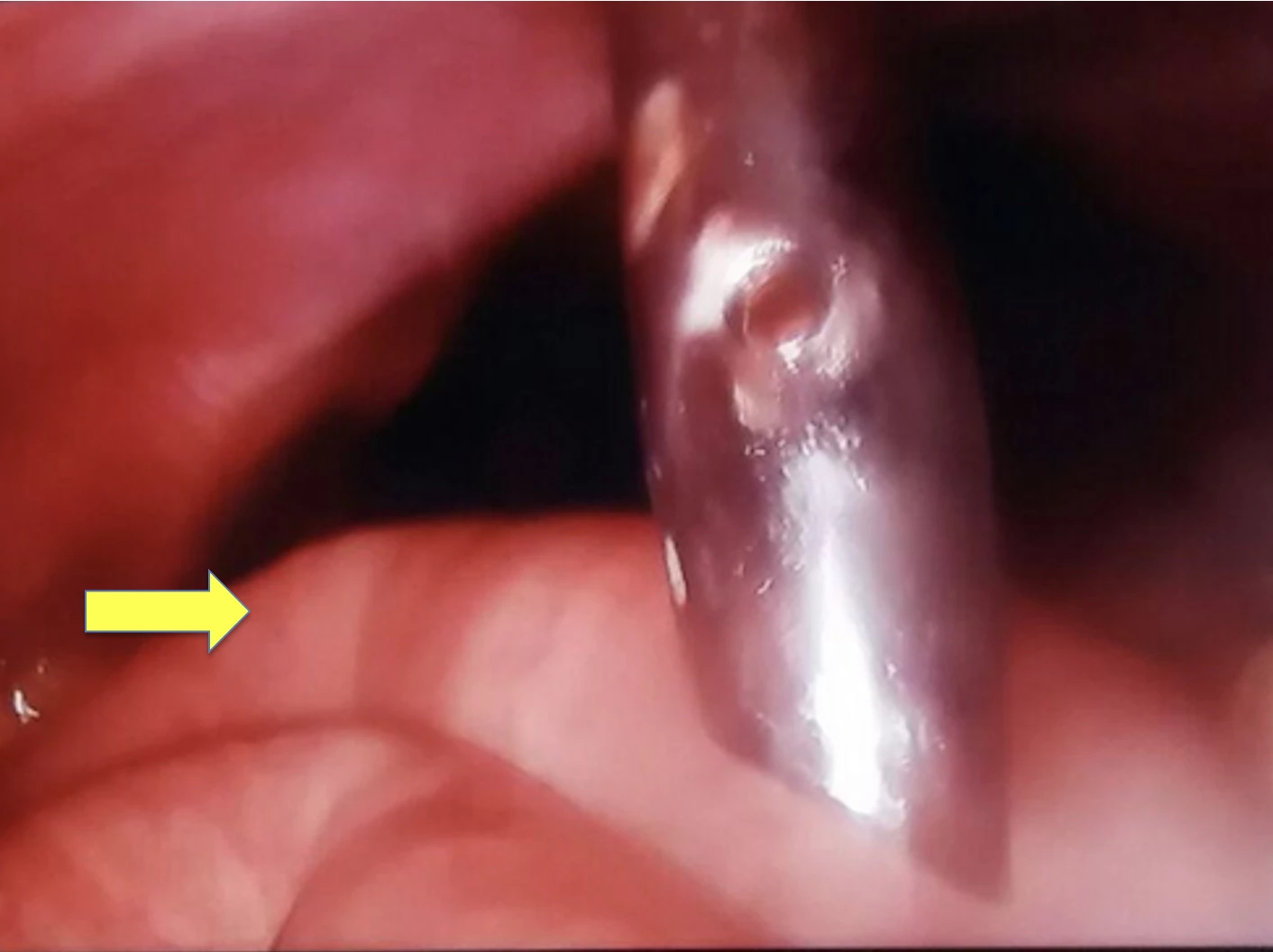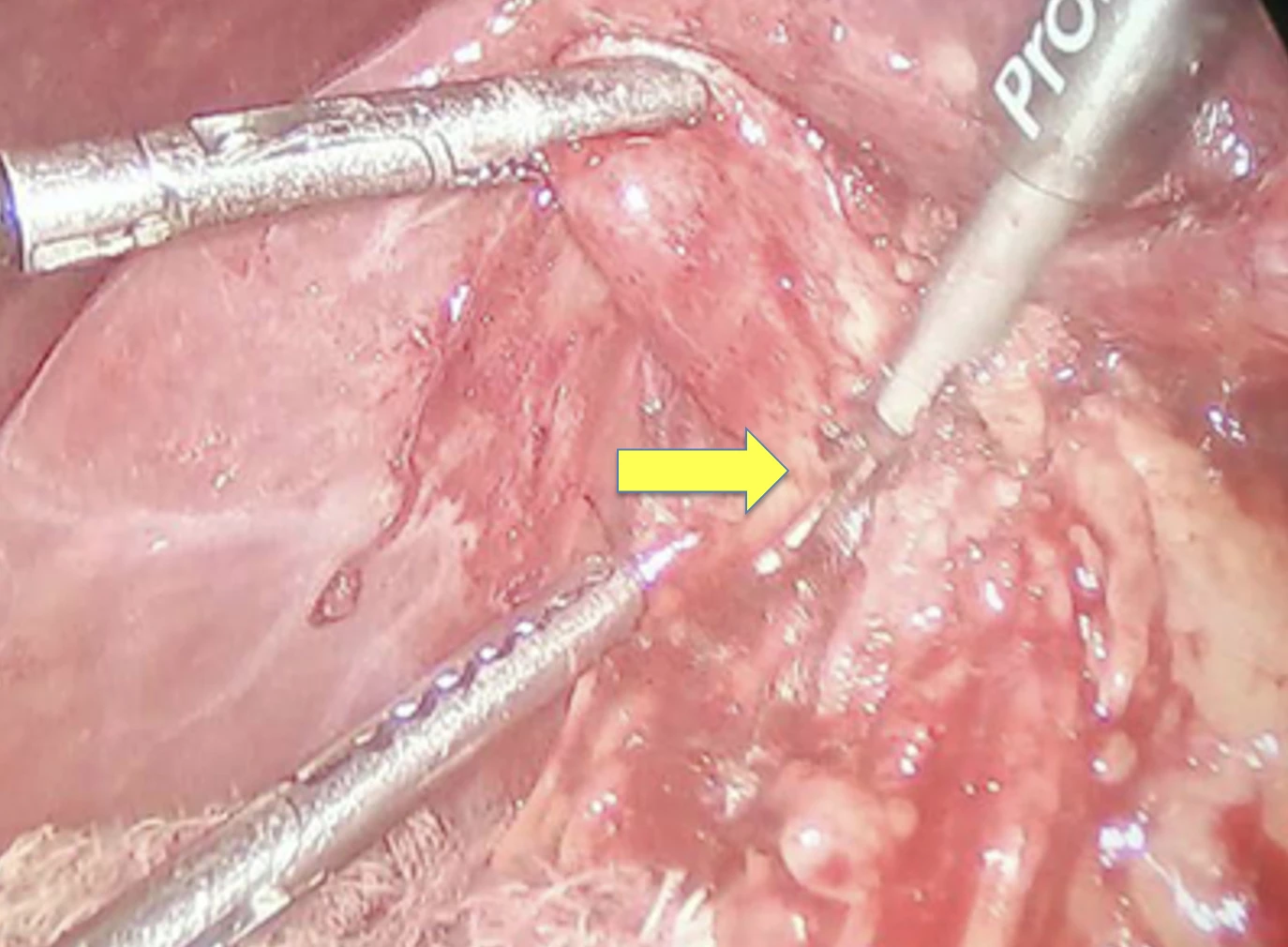1316
OPTIMUM TIMING OF LAPAROSCOPIC CHOLECYSTECTOMY AFTER ERCP & STENTING IN PATIENTS OF CHOLELITHIASIS WITH CHOLEDOCHOLOITHIASIS: A PROSPECTIVE RANDOMISED STUDY
Date
May 21, 2024
Tracks
Related Products
RIGHT POSTERIOR BILE DUCT INJURY RECONSTRUCTION WITH ROBOTIC RY HEPATICOJEJUNOSTOMY
Right posterior bile duct injury with disconnected duct syndrome creates diagnostic challenges for many endoscopists and radiologists. The diagnosis and treatment are often delayed…
ROBOTIC ANATOMICAL RIGHT HEPATECTOMY FOR NECROTIC CHOLANGIOCARCINOMA
TECHNIQUE OF INFLOW CONTROL IN NAKAMURA TYPE B PORTAL VEIN ANATOMY
Anatomical variations in the inflow vasculatures must be anticipated in any anatomical hepatectomy to avoid complications. Nakamura Type B portal vein (PV) anatomy requires individual isolation of right anterior and posterior PV to avoid narrowing of the left PV…
ROBOTIC PANCREATICODUODENECTOMY (PD) FOR OBSTRUCTING AMPULLARY MASS
This video depicts a robotic PD performed on a 69-year-old male presenting with flu-like
LEFT-POSTERIOR ARTERY-FIRST APPROACH WITH SCOPE TRANSITION FOR THE DISSECTION OF THE SUPERIOR MESENTERIC ARTERY DURING ROBOT-ASSISTED PANCREATICODUODENECTOMY
An optimal approach to the SMA for dissection around the superior mesenteric artery (SMA) in robot-assisted PD has not been established. In this video, we detaile surgical technique of the left-posterior (LP) approach to the SMA…




